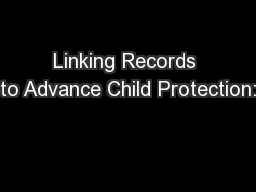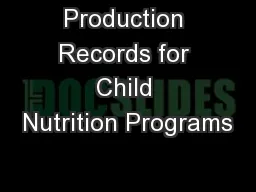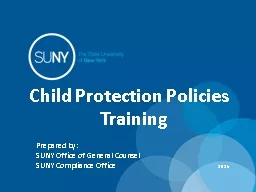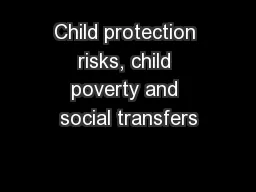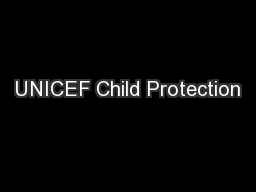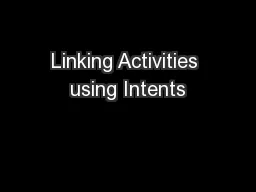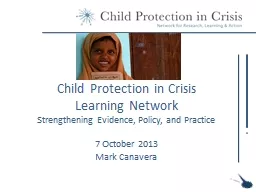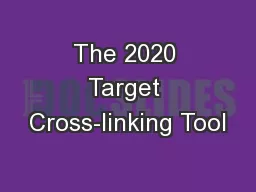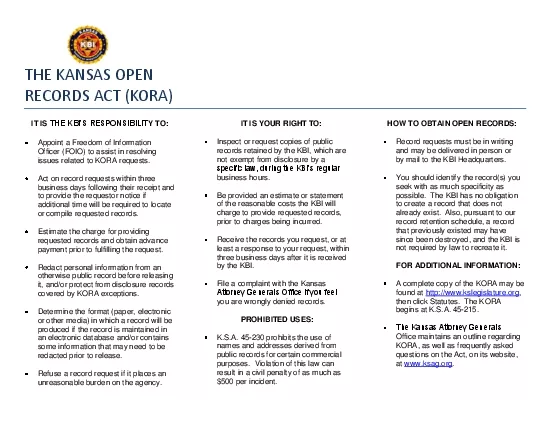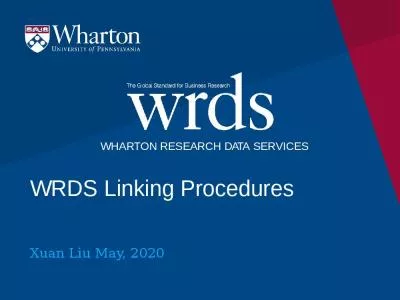PPT-Linking Records to Advance Child Protection:
Author : tatiana-dople | Published Date : 2015-10-07
A California Case Study Emily PutnamHornstein PhD University of Southern California Barbara Needell PhD University of California at Berkeley 3 rd Annual State of
Presentation Embed Code
Download Presentation
Download Presentation The PPT/PDF document "Linking Records to Advance Child Protect..." is the property of its rightful owner. Permission is granted to download and print the materials on this website for personal, non-commercial use only, and to display it on your personal computer provided you do not modify the materials and that you retain all copyright notices contained in the materials. By downloading content from our website, you accept the terms of this agreement.
Linking Records to Advance Child Protection:: Transcript
Download Rules Of Document
"Linking Records to Advance Child Protection:"The content belongs to its owner. You may download and print it for personal use, without modification, and keep all copyright notices. By downloading, you agree to these terms.
Related Documents

